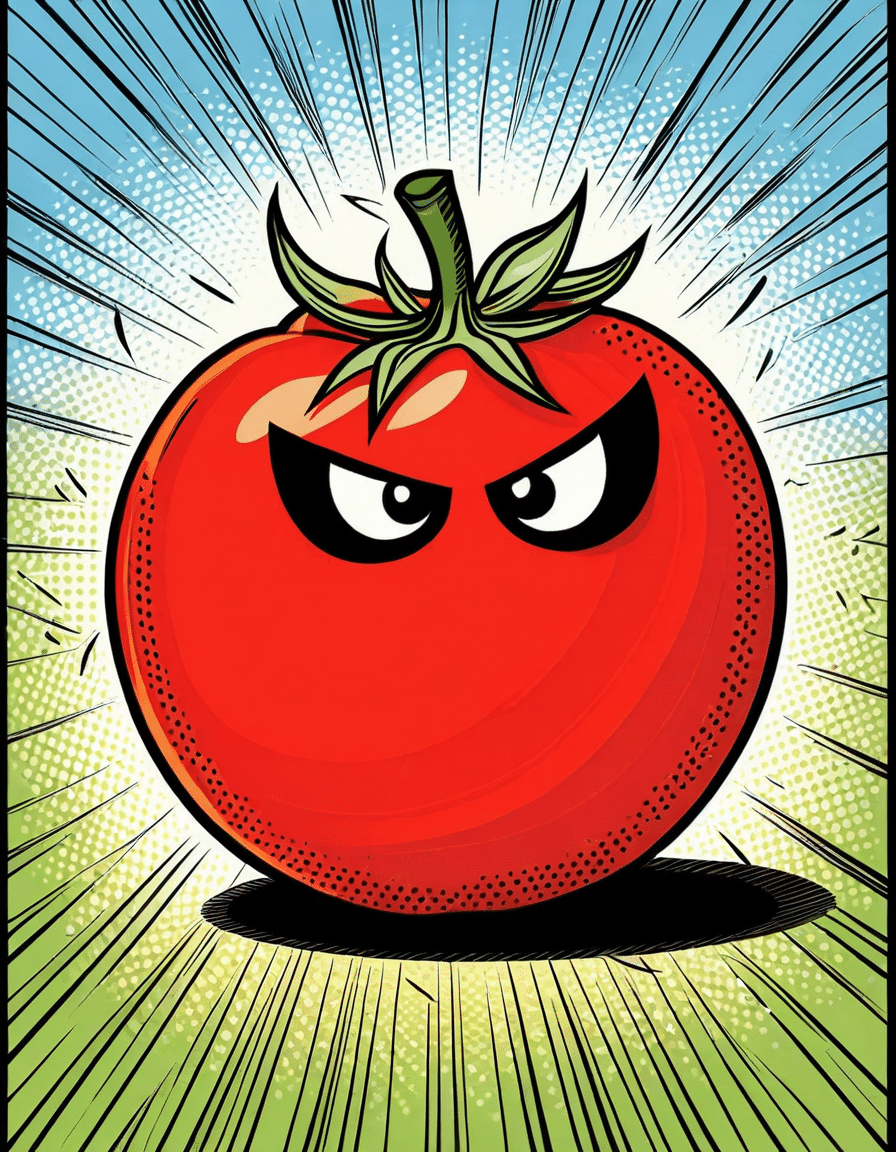When it comes to the eternal question of “are tomatoes a fruit?”, there’s a lot more than meets the eye. Whether you’re tossing them in salads or simmering them down for sauces, these plump little gems spark up a culinary storm. However, knowing whether tomatoes are classified as fruits or vegetables can give you a leg up on your nutritional knowledge and help you make better choices in your muscle-gaining diet. In this article, we dive deep into the sci-fi world of botany, cuisine, law, health, and economics surrounding our beloved tomato. So grab a seat and let’s peel back the layers!
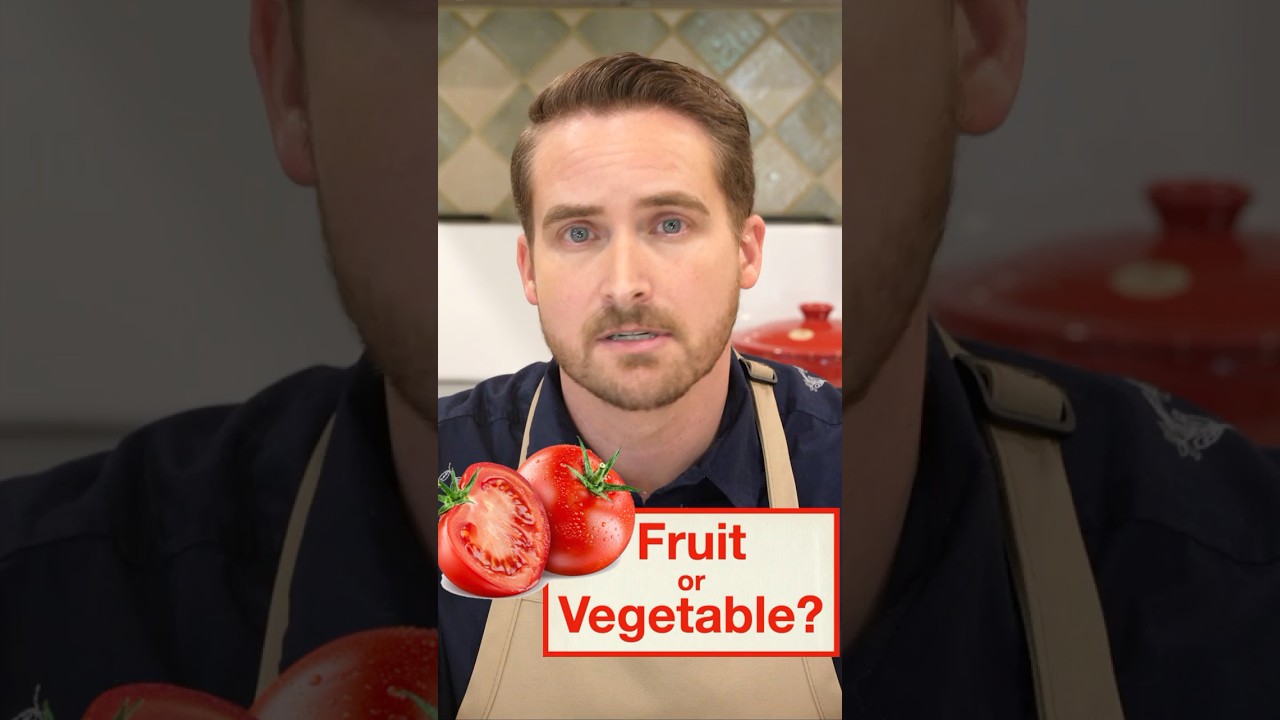
Are Tomatoes a Fruit? Understanding the Culinary and Botanical Perspectives

1. The Botanical Classification of Tomatoes: Fruit or Vegetable?
Are tomatoes a fruit? You bet they are! Botanically speaking, tomatoes fall neatly into the fruit category. According to scientific definitions, a fruit is the mature ovary of a flower containing seeds. In contrast, vegetables come from the other parts of the plant, such as roots, stems, and leaves. So, when you bite into that juicy tomato, you’re essentially munching on a fruit!
Key Botanical Features: Tomatoes contain seeds and develop from the flower’s ovary, making them fruits by definition. You can see this clearly in varieties like cherry tomatoes and beefsteak tomatoes. Both hold a wealth of seeds within their pulpy interiors, solidifying their fruit status and proving that nature has some pretty delicious complexities.
Expert Opinion: Botanists like Dr. John Stolarz, who specializes in plant taxonomy, confirm this classification. According to him, “The seed content and the way tomatoes develop certainly categorize them as fruits.” So, the popular debate might rage on in kitchens, but when it comes to science, tomatoes stand as proud ambassadors for fruit!
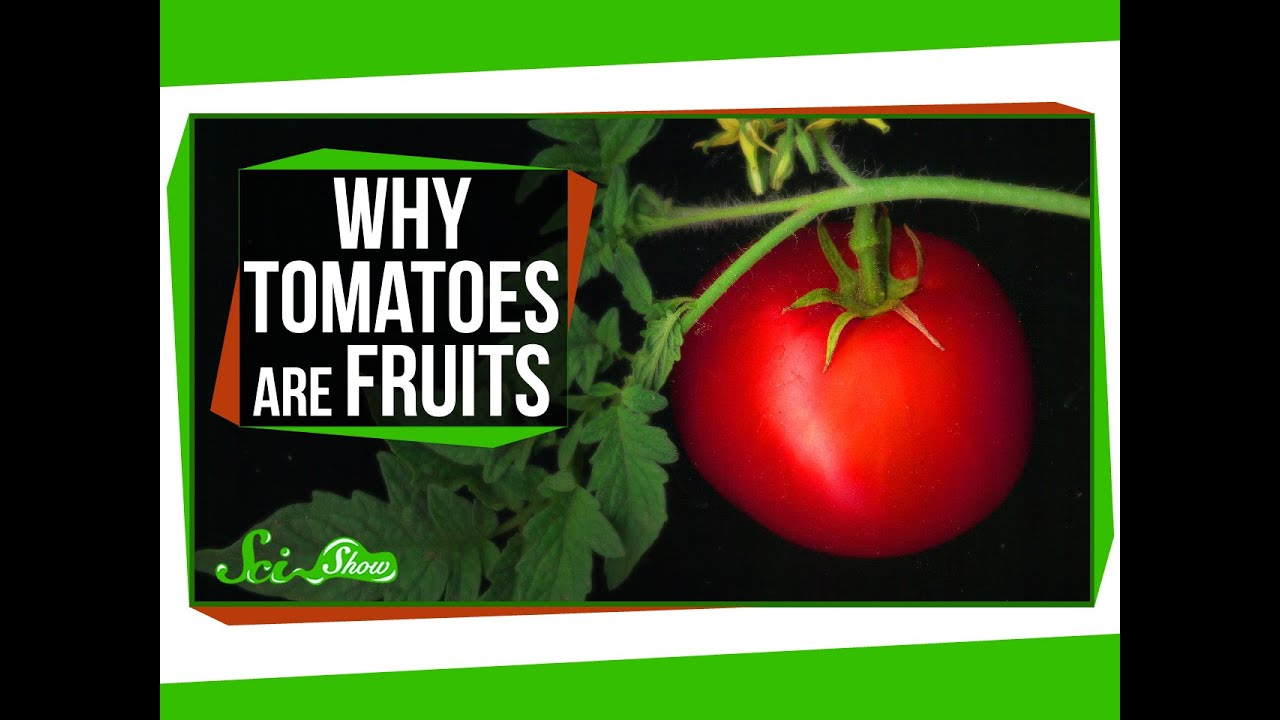
2. Culinary Confusion: The Tomato’s Place in the Kitchen
While tomatoes are fruits in the botanical world, they often pose a delicious dilemma in culinary scenarios. They’re widely used as vegetables, especially in savory dishes like pizza, salsa, and sauces. Culinary experts, such as Chef José Andrés, indicate that context is everything; flavor profiles dictate how we classify and use ingredients.
Cuisines and Uses: Across the globe, tomatoes play pivotal roles in various cuisines. Consider Italian marinara sauce, American salsa, or Indian chutneys. Each culture harnesses the tomato’s versatility, shaping it into something that feels right at home on the plate. As the flavors meld, they become essential players in countless recipes, proving that tomatoes can fit any culinary identity.
Flavor Profile Analysis: The umami flavor that tomatoes bring to the game is a game-changer. This savory depth is likely why tomatoes find a place in so many kitchens. While apples might satisfy a sweet tooth, tomatoes tantalize your taste buds with that burst of savory goodness that contributes to hearty, hearty meals.
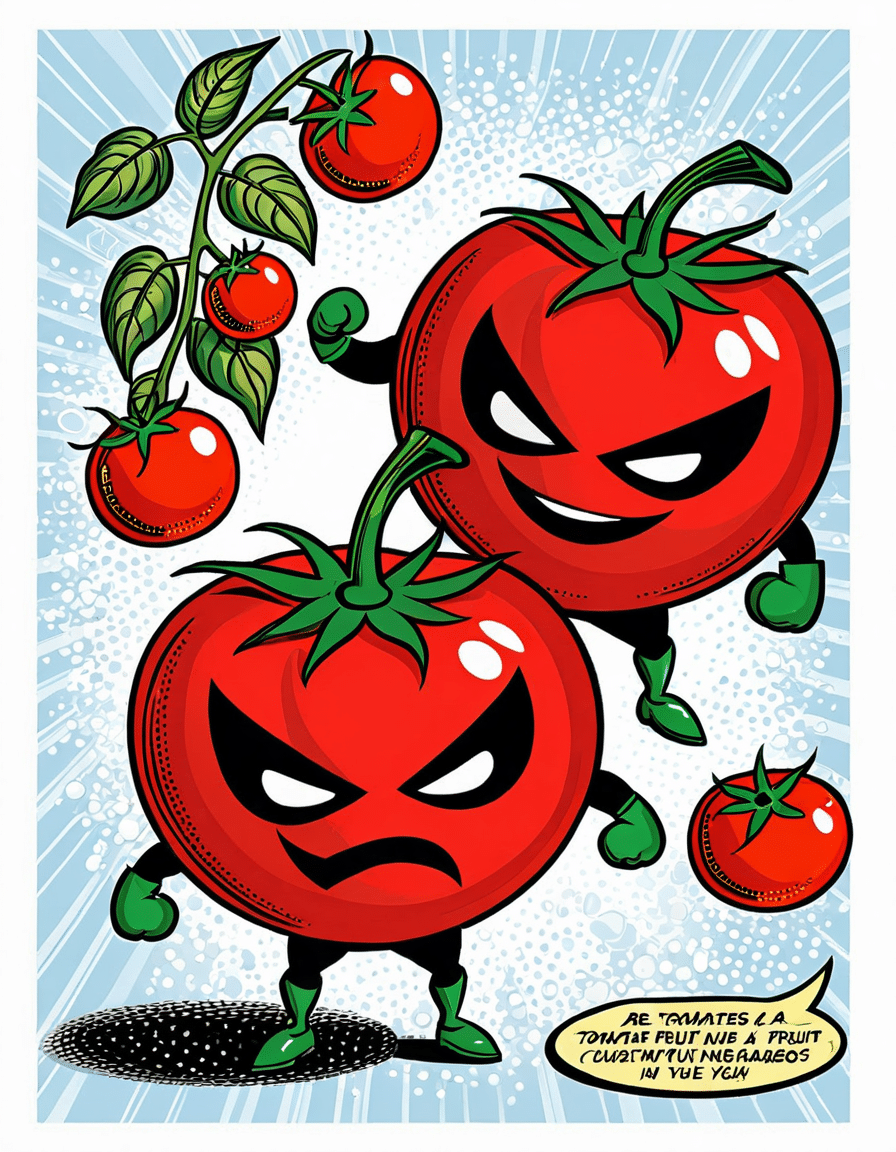
3. The Great Tomato Debate: Fruit or Vegetable?
The age-old argument about whether tomatoes are a fruit or vegetable goes beyond simple botanics. The historical and legal context adds layers to this tasty debate. Remember the 1893 U.S. Supreme Court case, Nix v. Hedden? That was the turning point in how tomatoes are classified commercially.
Nix v. Hedden: In this landmark ruling, the Supreme Court determined that tomatoes should be taxed as vegetables. This decision was not just about taxes; it significantly influenced public perception. The ruling illustrated how commercial considerations often outstrip scientific classifications, leading many to see tomatoes as vegetables in common parlance.
Cultural Narratives: Tomatoes have also woven themselves into the fabric of folklore and cultural narratives. Chefs like Julia Child have certainly stirred the pot of classification, often blending definitions to suit her dishes. For many, tomatoes are just too versatile to be pigeonholed, which is why they continue to inspire passionate debates among food enthusiasts around the world.
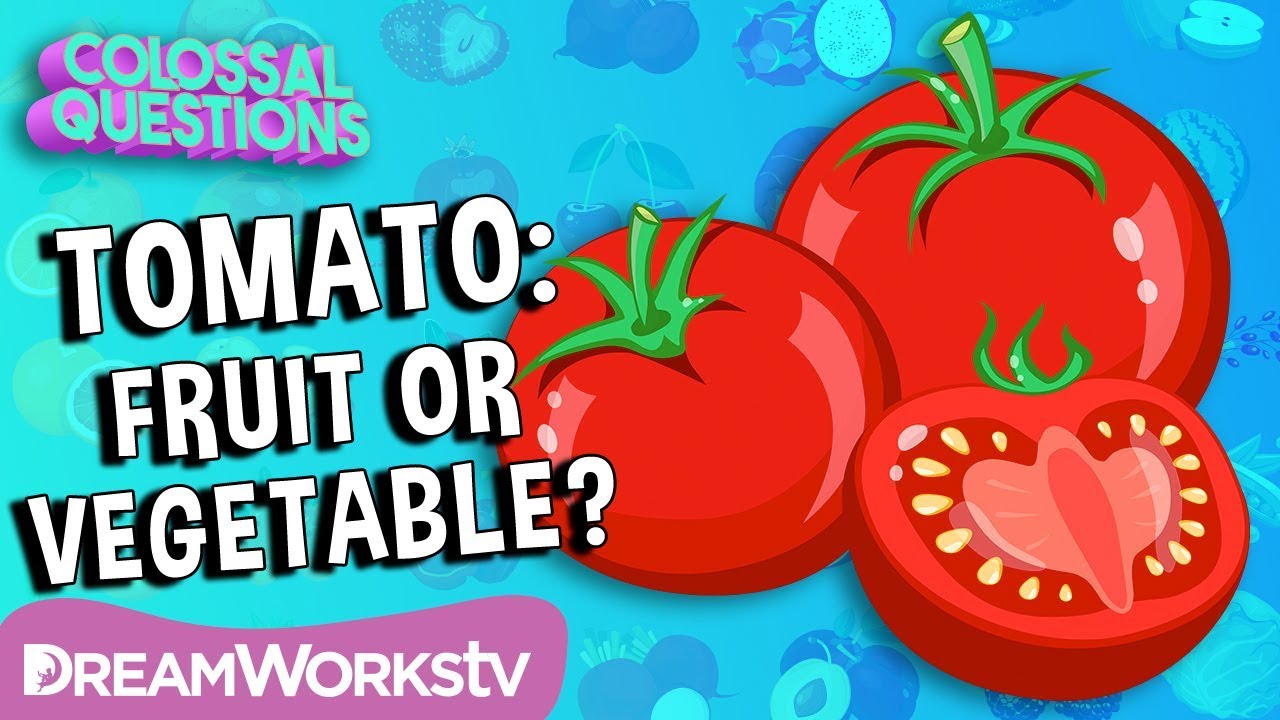
4. Health Perspectives: Nutritional Benefits of Tomatoes
So, beyond the botanics and culinary applications, what’s the deal with health? The nutritional profile of tomatoes is impressive, making them a fantastic addition to anyone’s diet, especially if you’re aiming for that shredded aesthetic.
Nutritional Profile: Fruits or vegetables aside, tomatoes are packed with vitamins, minerals, and antioxidants. Rich in Vitamin C, potassium, and lycopene, they’re a powerhouse for supporting heart health and potentially lowering the risk of certain cancers. Research published in the American Journal of Clinical Nutrition highlights how eating a diet rich in tomatoes can positively impact cardiovascular health.
Dietary Recommendations: Keri Glassman, a registered dietitian, recommends incorporating tomatoes into a balanced diet. Add them to salads, soups, or smoothies for a nutritional kick. With such a bright profile, tomatoes can help fuel your workouts and support muscle recovery, making them an optimal choice for fitness enthusiasts looking to gain muscle and shed fat.
5. The Tomato Industry: From Farm to Table
Now let’s turn the spotlight on the tomato industry itself—these little fruits make a big impact economically. Understanding where they come from can deepen our appreciation for these juicy delights.
World Production Insights: According to USDA Agricultural Statistics, leading tomato-producing countries include China, India, and the United States. These regions consistently deliver stellar crops to meet global demand. With tomatoes being a staple in many diets, their production and distribution play a significant role in economies worldwide.
Brand Comparisons: When we dig deeper into the tomato market, brands like Heinz and Del Monte spring to mind. They showcase both the diversity and economic weight of the tomato industry. Each brand has its method of sourcing and processing tomatoes, leading to varying tastes and textures that customers love. Knowing these brands can elevate your grocery shopping game, ensuring you’re getting quality products.
6. Sustainable Tomato Practices
In an age where environmental concerns are at the forefront, understanding sustainable tomato practices couldn’t be more crucial. How we cultivate these fruits can make a huge difference.
Organic vs. Conventional Farming: Many debates circle around organic versus conventional farming methods, with each taking a different route in terms of sustainability. Studies from the Organic Trade Association point out that organic tomatoes often boast higher nutrient levels and lower pesticide residues. This insight can help conscious consumers make informed choices.
Sustainable Brands: Companies like Amy’s Kitchen focus on organic, sustainable tomato products, paving the way for eco-conscious choices. Opting for brands that prioritize sustainable farming helps ensure that you’re not just packing your plate with nutrients but also supporting the planet.
Final Thoughts on Are Tomatoes a Fruit?
To wrap it up, the debate on “are tomatoes a fruit or vegetable?” reveals more than just a simple answer. It showcases the richness of culinary traditions and dietary needs, and highlights economic implications alongside health benefits. Whether we label them fruits or vegetables, one thing is for sure: tomatoes are here to stay. They not only add dimensions to our meals but also contribute positively to our health and economy.
So, next time you slice into a fresh tomato, remember that you’re embracing a versatile ingredient steeped in science and culture. Stay committed to your fitness goals, make informed choices, and explore the endless possibilities that tomatoes can offer to help you get shredded, gain muscle, and embrace that ripped six-pack aesthetic!
Are Tomatoes a Fruit?
When we dive into the question of “are tomatoes a fruit,” it’s fascinating to unpack how this common kitchen staple is viewed in different contexts. Scientifically speaking, tomatoes are classified as fruits because they develop from the ovary of a flower and contain seeds. Although they’re used as vegetables in cooking, their true nature is often overshadowed by culinary customs. Speaking of peculiar classifications, did you know that a banana also fits into the berry category? Yep! It seems nature loves to play tricks, similar to how a toddler trampoline can turn a simple afternoon into an energetic playdate.
Behind the Scenes of the Tomato
Tomatoes come packed with more than just the versatility we love. These juicy gems are a powerhouse of nutrients that can offer health benefits, including inhibiting certain diseases and providing antioxidants. Surprisingly, this tangy fruit was once thought to be toxic in the 18th century! So much for a ‘deathly’ salad! Now, let’s kick things up a notch—ever heard of Surrogacy meaning? That concept had its moment in the sun similar to how tomatoes have gained popularity, showing us how perspectives shift over time.
Fun Facts That Cool Your Heels
In some parts of the U.S., tomatoes even landed in a Supreme Court case! A debate arose in 1893, questioning if tomatoes should be taxed as a fruit or vegetable. Can you believe it? Talk about a drama-worthy plot similar to the adventures in Madoka Magica magia exedra! Now, while tomatoes might not be a controlled substance, their versatility in sauces, salads, and salsas makes them a staple through generations. As versatile as a pink Cadillac on a summer night, tomatoes have cemented their place in cuisines globally, making the question “are tomatoes a fruit” all the more intriguing!
So, hosting a backyard BBQ or simply wanting to impress with culinary charm? Remember, whether you treat tomatoes as a fruit or a veggie, they’re here to add flavor, color, and fun to your meals!
